Goldfish Aug 29 1993
1993 (SOLD)
Oil, spackle, and Roplex on tile over masonite
96 x 96 inches
Ex Collection:
The artist
Knoedler & Company (acquired 1994)
Private collection until 2104
Exhibited:
Donald Sultan: Recent Paintings, Knoedler & Company, New York, October 9–November 4, 1993. Exhibition no. 6.
Literature:
Carter Ratcliff and John B. Ravenal. Donald Sultan: The Theater of the Object (New York: The Vendome Press, 2008). Illustrated page 188.
Notes:
Ever since he was in his late twenties, Donald Sultan has been in the vanguard of artists who came of age in the late 1970s and early 1980s. Sultan has never been a member of any group—he resists any kind of labeling. He grew up in Asheville, North Carolina, at a time when abstract art was the prevailing trend in the United States. His father had wanted to pursue a career as a painter but instead went into his family’s tire business. The younger Sultan attended the University of North Carolina, Chapel Hill, studying drama before discovering his true métier as an artist. In 1973 he went on the The School of the Art Institute of Chicago, where he was awarded his M.F.A. in 1975.
Sultan’s choice of materials and imagery—and the manner in which he treats this imagery—has always distinguished him from his peers. He is known for monumental paintings that combine layers of industrial materials associated with everyday life, as well as seductively rendered charcoal drawings. Sultan’s paintings emerge slowly from a time-consuming, laborious process: first there are the four-foot-long wooden stretcher bars onto which a four-foot-square sheet of
plywood is bolted. Next comes a layer of masonite, over which Sultan adheres squares of vinyl tiles to form a grid. Using this four-foot square as the standard unit, the artist then combines squares to make the actual composition. In the next step, Sultan applies several layers of tar over the edges of the support, sometimes leaving some of the tiles exposed. After the tar has dried (this may take up to two weeks), the artist has a matte black veneer on which to play. Employing knives and a blowtorch, he scores, gouges, burns, and manipulates his surface, outlining his image. Then he rebuilds the surface, using spackle, latex, and paint. The complexity of Sultan’s arduous procedure contrasts with the simplicity of his subjects, and yet technique and image work harmoniously as a whole. . . .
During the mid-1970s, conventional wisdom’s dismissal of new painting ensured that Sultan’s admirers would emerge from the sparse ranks of the highly sophisticated. Them as the decade ended, conventional wisdom announced that painting was back, and Sultan suddenly acquired a high profile. As figurative painting flooded the New York art world, his picturemaking looked prescient, not quirky, and the calm but substantial weight of his worked served them well in a scene crowded with physically aggressive art. In 1979, Julian Schnabel had shown big, boxy paintings covered with shards of crockery. Soon after, Robert Longo presented works that combined painting, low-relief sculpture, and assemblage. Painting had become theatrical, even operatic. Even those painters who worked in the traditional way, with paint and canvas, tended toward grandiosity. By the standards of the 1980s, Sultan’s paintings are big but not huge. Yet they had no difficulty in standing up to the brash, jostling competition, for they are not merely weighty. They have grandeur of scale. They are monumental, even when they picture something as small as a goldfish.

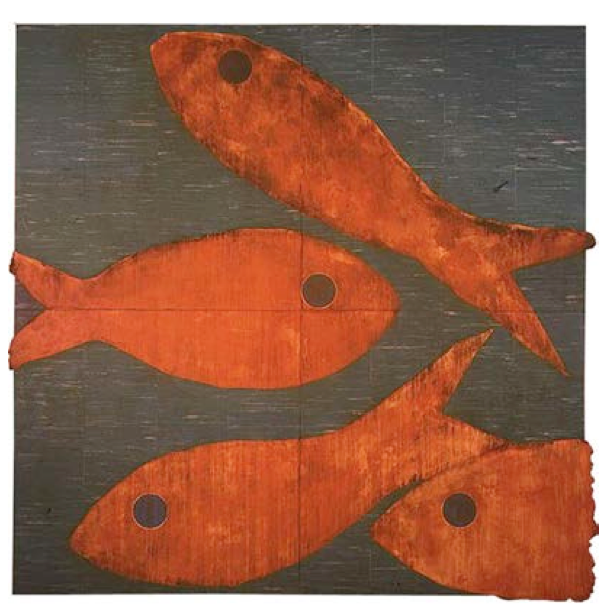
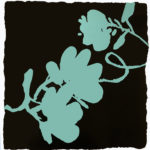 Lantern Flowers
Lantern Flowers
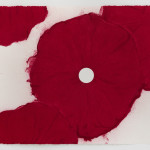 Four Reds May 2, 2017
Four Reds May 2, 2017
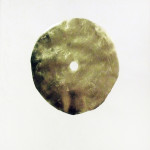 September 28 2014
September 28 2014
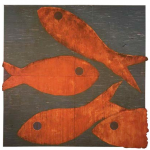 Goldfish Aug 29 1993
Goldfish Aug 29 1993